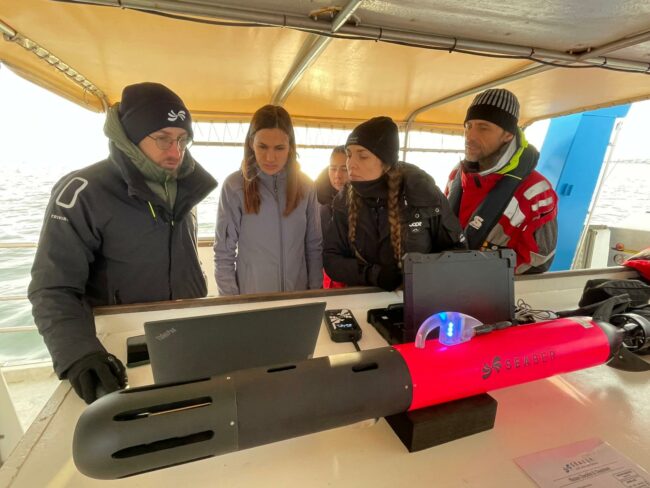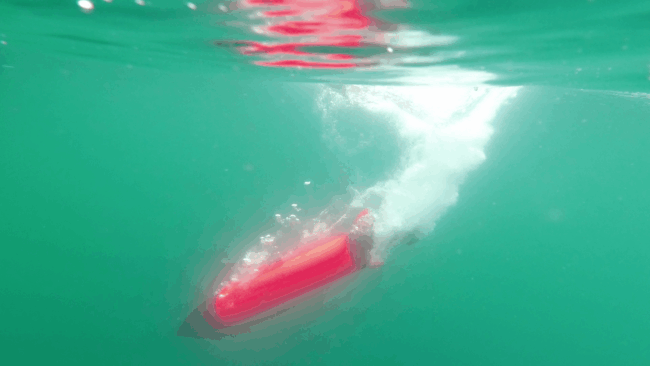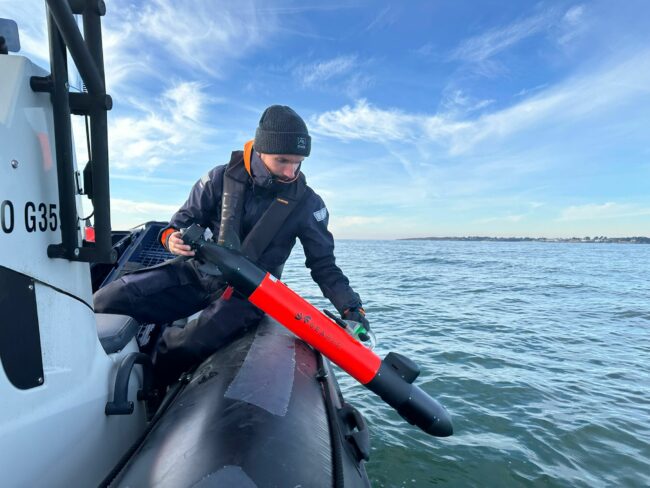Use Case #1 – How the University of Wisconsin-Milwaukee improved their field operations with the YUCO
Jessie and Val are Research Specialists at the University of Wisconsin–Milwaukee, working on applied aquatic research and environmental monitoring. Their team integrates cutting-edge tools to collect high-quality data across diverse freshwater environments.









